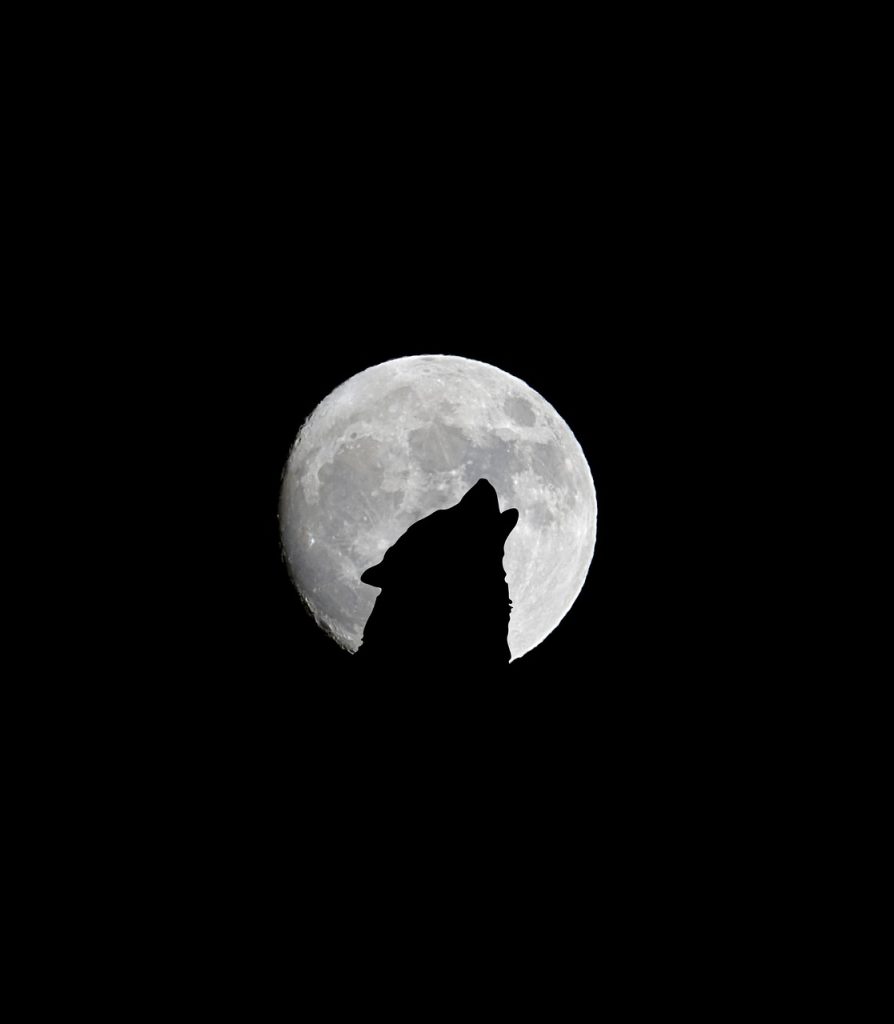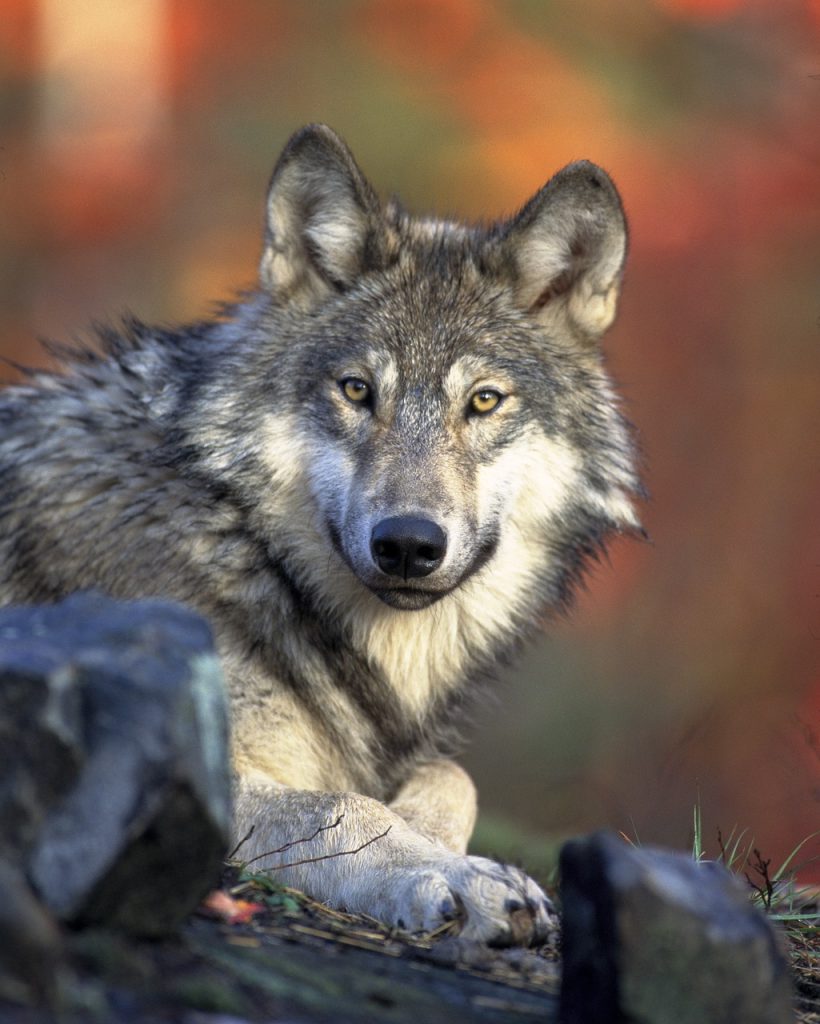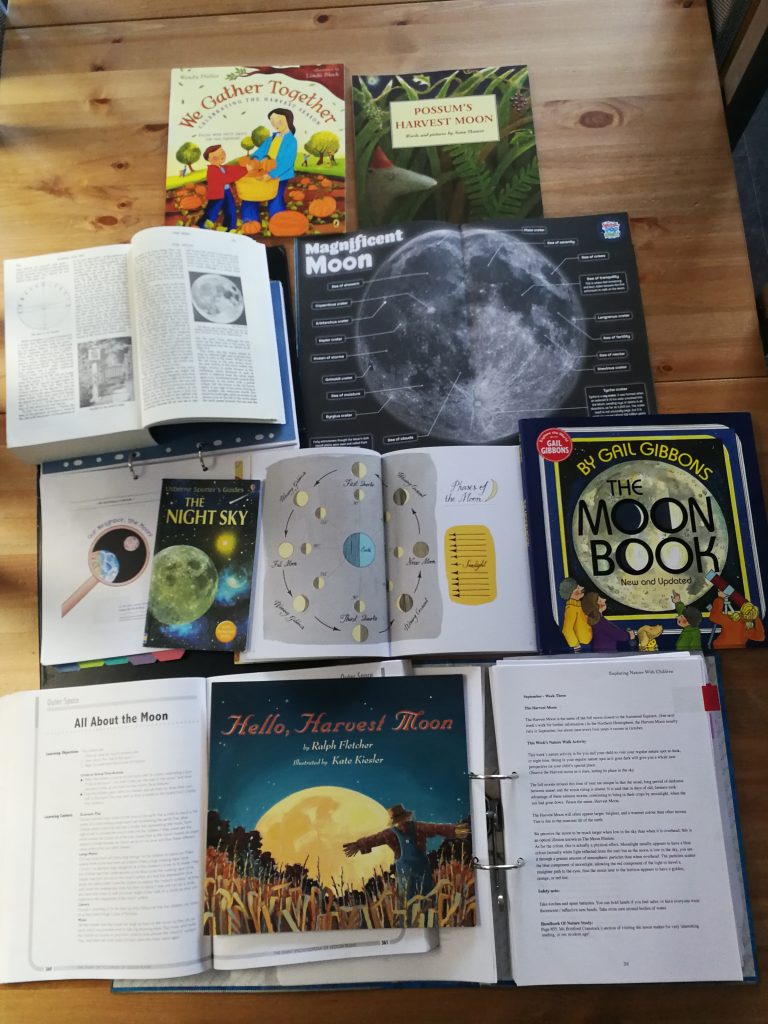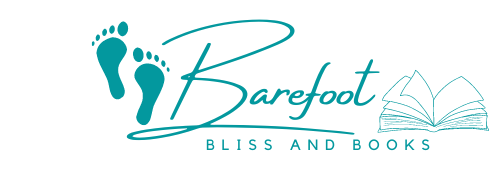The first Full Moon of the year in January is called the Wolf Moon. In this blog post, which is the 2nd in a series of posts on the Full Moons of Britain and Ireland, I will introduce a lesson plan for learning about the Wolf Moon and wolves in general. Whether you’re incorporating this mini-unit study into your home education schedule or making it a family affair, the lesson can be customised to fit the resources you have at hand and suit your teaching approach and your children’s diverse learning styles. Before we discuss what activities you can take part in, let’s discuss the allure of The Full Moon and The Wolf and the history of wolves in Britain and Ireland.

The Magic of the Full Moon
As I discussed in part one of this lunar odyssey the full moon has been a source of wonder and inspiration across cultures. Its cycles have been linked to myths, folklore, and spiritual practices, making it a captivating subject for exploration. Understanding and noticing the phases of the moon not only connects us to the rhythms of nature but also offers opportunities for creativity, mindfulness, and appreciation of the natural world. Have you ever been inspired by the moon? Check out this beautiful Celtic music inspired by the Moon and the Wolf:
The Mystery of the Wolf
Wolves, revered symbols of wilderness and mystery, possess a majestic aura that captivates the imagination. These highly intelligent and social creatures navigate their vast territories with grace and resilience. Their haunting howls echo through dense forests, serving as both a means of communication and a testament to their close-knit familial bonds. Wolves exhibit intricate social structures within their packs, displaying remarkable cooperation and loyalty. As apex predators, they play a crucial role in maintaining the delicate balance of ecosystems, regulating prey populations and promoting biodiversity. Despite enduring centuries of misunderstanding and persecution, wolves continue to inspire awe and admiration, reminding us of the beauty and significance of wild places.

The History of Wolves in Britain and Ireland
The history of wolves in Britain and Ireland is a tale of both reverence and eradication. Once an integral part of the ecosystem, wolves roamed freely across these lands for thousands of years, often depicted in Celtic and Norse mythology as symbols of power and wilderness. However, as human civilization advanced and agricultural practices intensified, wolves became perceived as threats to livestock and human safety. Consequently, systematic eradication efforts began as early as the medieval period, with bounties offered for their pelts and widespread hunting encouraged. By the 17th century, wolves were effectively extinct in England, and by the late 18th century, they had met the same fate in Ireland. Their disappearance left a void in the ecosystem, altering the balance of predator-prey dynamics. Today, while efforts to reintroduce wolves have been proposed and places to educate people on the wolf have been created, the legacy of their absence continues to shape the landscape and cultural perceptions of these islands. The story of the Wolves in Ireland and the legend of the Wolf Walker is beautifully told in the animated movie WolfWalkers:
The Wolf Moon
The Wolf Moon actually derives its name from Native American and early Colonial American cultures. During this time, wolves were heard howling in hunger in the winter cold, creating an eerie yet mesmerising atmosphere. In Ireland the Wolf Moon was also known as the Quiet Moon. The Quiet Moon hints at those cozy, peaceful winter nights when it is a good time to rest for the coming busy seasons of spring and summer. The other names for the wolf moon include the cold moon, ice moon and old moon.
This post contains affiliate links, which means Barefoot Bliss and Books make a small commission at no extra cost to you. See the full disclosure here.
Learning Activities on the Full Moon & the Wolf Moon
These activities are suggested for all ages and they can be adjusted to suit the materials you already have at home. The focus here is on the following learning objectives:
LESSON OBJECTIVES:
- Understand the phases of the moon.
- Discuss the folklore and mythology surrounding the Wolf Moon.
- Discuss Wolves and how important they are.
- Engage in creative activities inspired by the full moon.
- Go outdoors and practice mindfulness and connection with nature through observing the moon.
- Encourage discussions, artistic expression and reflection.
BASIC SUPPLIES:
Adapt the suggested supplies based on what you have available at home.
Books:
- “The Moon Book” by Gail Gibbons – This book provides a comprehensive introduction to the moon, including its phases, lunar exploration, and cultural significance.
- “The Night Sky (Usborne Spotter’s Guide)” is a handy and informative guidebook that helps readers identify constellations, planets, and other celestial objects, making stargazing an enchanting and educational experience for all ages.
- “The Ways of the Wolf” by Smriti Prasadam-Halls is an engaging and beautifully illustrated children’s book that takes readers on a journey into the lives of wolves, exploring their behaviors, habitats, and importance in ecosystems.
- “The Wolves in the Walls” by Neil Gaiman, illustrated by Dave McKean – A whimsical and slightly spooky tale about a girl who hears noises in the walls, believing them to be wolves.

Crafting Materials and Other Resources
Gather items for crafts; such as paper, clay, markers, glow-in-the-dark paint, and materials for creating moon-themed art. Buy some Oreos or Oreo type biscuits for creating your own moon phases.
Other Basic Supplies:
- A journal or some blank sheets of paper
- Telescope or binoculars (if available)
- Access to outdoor space for moon observation
UNDERSTAND LUNAR PHASES:
Begin the lesson by introducing the concept of lunar phases. You can read some of the suggested books or watch a video on YouTube to help with this. Explore the science behind the changing appearance of the moon in an age appropriate way. Creating their own lunar phases can be fun and helpful at this stage:

DISCOVERING THE WOLF MOON:
Introduce the concept of the Wolf Moon, how the full moons have been assigned names, and the cultural significance of wolves howling during winter nights. At this stage we explored wolves and watched a video on their reintroduction to Yellow Stone Park.
CREATIVE MOON-INSPIRED ACTIVITIES:
Engage in artistic expression by creating moon-themed crafts. This could involve crafting moon journals, making glow-in-the-dark moon phases, or experimenting with different artistic techniques to capture the essence of the full moon. We decided to create our own wolf moons with clay:

OUTDOOR MOON OBSERVATION:
If possible, take advantage of an outdoor space to observe the moon. Use binoculars or a telescope, if available, and encourage children to sketch or write about their observations. Discuss the moon’s features and how its appearance changes over time.
GROUP STORYTELLING:
Invite children to share their moon-inspired stories, whether they are mythical tales, imaginative adventures, or reflections on the moon’s impact on their emotions. We shared this poem by W.B. Yeats titled “The Cat and the Moon” which beautifully intertwines themes of mysticism and folklore:
The cat went here and there
And the moon spun round like a top,
And the nearest kin of the moon,
The creeping cat, looked up.
Black Minnaloushe stared at the moon,
For, wander and wail as he would,
The pure cold light in the sky
Troubled his animal blood.
Minnaloushe runs in the grass
Lifting his delicate feet.
Do you dance, Minnaloushe, do you dance?
When two close kindred meet,
What better than call a dance?
Maybe the moon may learn,
Tired of that courtly fashion,
A new dance turn.
Minnaloushe creeps through the grass
From moonlit place to place,
The sacred moon overhead
Has taken a new phase.
Does Minnaloushe know that his pupils
Will pass from change to change,
And that from round to crescent,
From crescent to round they range?
Minnaloushe creeps through the grass
Alone, important and wise,
And lifts to the changing moon
His changing eyes.
This poem captures the mysterious essence of both the cat and the moon, weaving together their movements and symbolism in a way that reflects Yeats’s fascination with the mystical and the natural world.
WRAP-UP AND DISCUSSION:
Wrap up the lesson by asking children what aspects of the full moon, wolves and the Wolf Moon fascinated them the most. Ask them if there is anything they would like to explore further.
WHAT’S NEXT
If this blog post on the Wolf Moon and Wolves resonates with you, please consider circling back and reading my first post on moon phases and rare lunar events. Watch out for my next post on the Snow Moon. Please share your thoughts in the comments and let me know what additional activities you would include in a day of learning about the full moon, wolves and the Wolf Moon.

[…] and its name in turn but for now I will simply give you and overview of each full moon name. The Wolf Moon, occurring in January, references the howling of wolves during the winter months. February brings […]